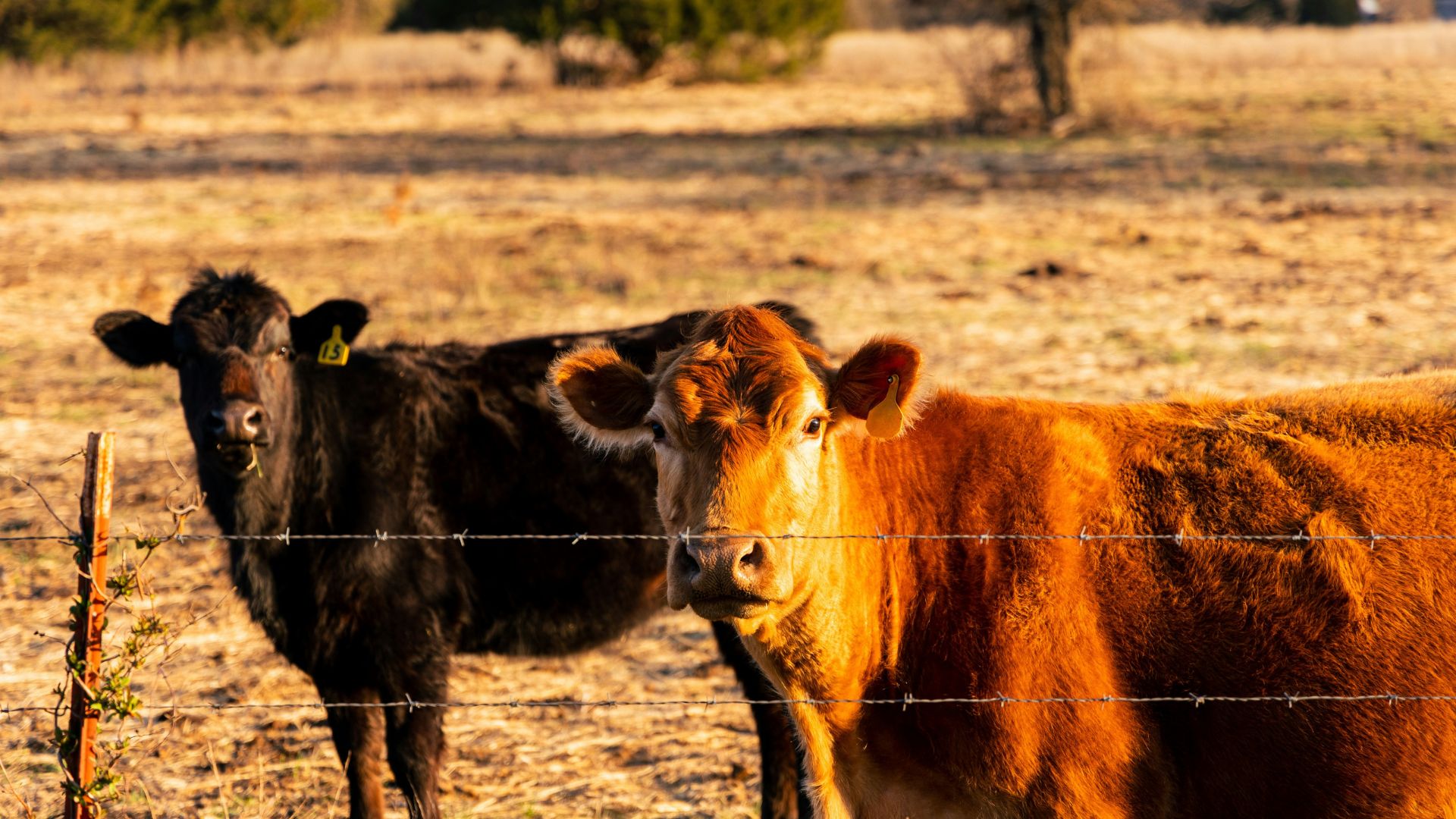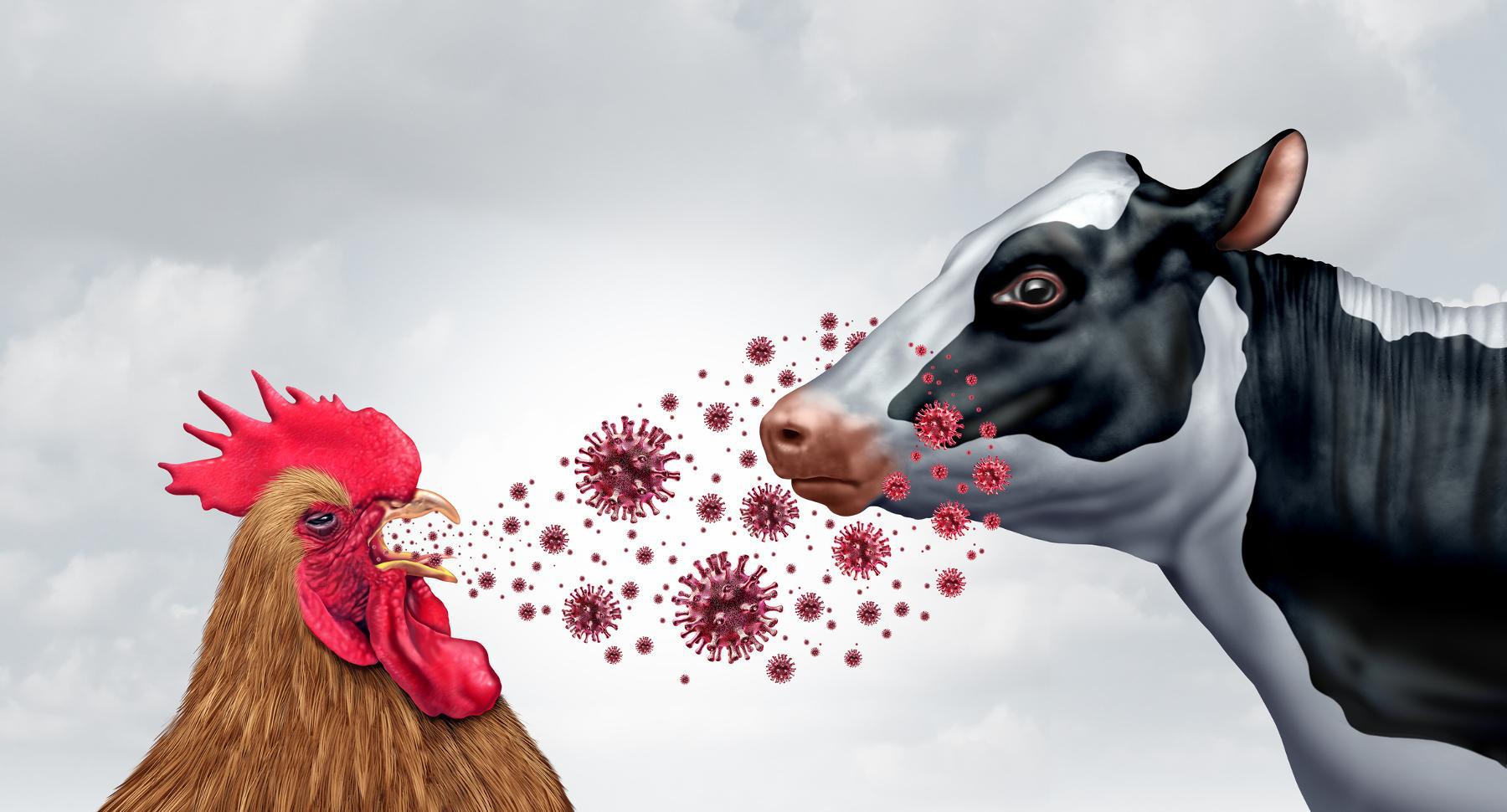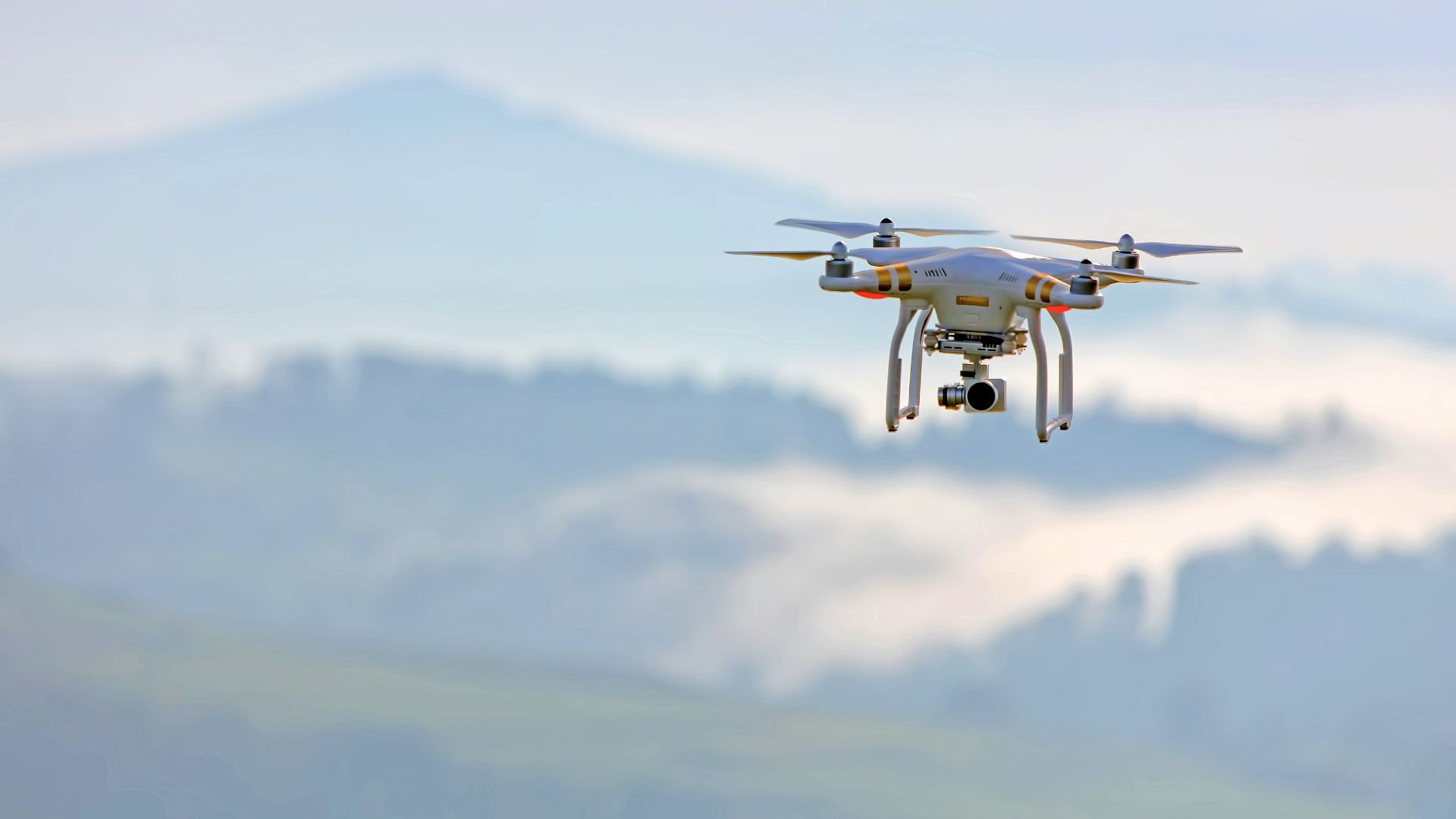The world is on the brink of a new pandemic far worse than Covid-19, warns former US Centers for Disease Control and Prevention (CDC) director Robert Redfield.
In a startling interview, Redfield stated that the mortality rate from Avian influenza A (H5N1), or bird flu, is “somewhere between 25 and 50 percent.”
Higher Mortality Rate than Covid-19

By comparison, Covid-19 had a mortality rate of 0.6 percent, making bird flu a significantly deadlier threat.
This warning comes after the World Health Organization (WHO) reported the first human death from bird flu in Mexico.
Not Person-to Person Transmission

However, local health authorities believe the 59-year-old patient died from other co-morbidities.
Fortunately, there have been no confirmed cases of person-to-person transmission of bird flu.
Outbreak Among Cows

Nonetheless, the presence of the H5N2 strain in humans is causing serious concern.
Recent months have seen a multistate outbreak of bird flu among cows in the United States, with three dairy workers becoming infected.
Cow-to Human Transmission

These are the first recorded instances of cow-to-human transmission.
In the latest case at the end of May, a farm worker experienced respiratory symptoms, a cough, and “eye discomfort” with watery discharge, but no fever, according to the Michigan health department and a CDC statement. The infected worker is currently recovering with antiviral drugs.
Symptoms of Bird Flu

Common symptoms of bird flu, as reported by the CDC include cough, fatigue, fever, headaches, muscle or body aches, runny nose, and shortness of breath.
While the situation seems under control for now, history has shown that viruses circulating in animals can cross over to humans, causing outbreaks, epidemics, and pandemics such as Ebola, flu, or Covid-19.
Potential Bird Flu Pandemic

Freepik
“I really do think it’s very likely that we will, at some time, it’s not a question of if, it’s more of a question of when we will have a bird flu pandemic,” Redfield told NewsNation on Friday.
Researchers have identified that five amino acid changes in the virus’s key receptor could enable bird flu to spread between humans similarly to Covid-19.
“A Matter of Time”

“Once the virus gains the ability to attach to the human receptor and then go human to human, that’s when you’re going to have the pandemic,” Redfield added.
“I think it’s just a matter of time.”
Nearly 900 People Infected

The spread of the virus among cows suggests it could mutate further, increasing its potential to infect other animals or humans, according to the CDC.
Since 2003, nearly 900 people worldwide have been infected with bird flu, with a mortality rate of about 50 percent.
Possible Overestimated Prediction

However, Yale Medicine infectious diseases specialist Scott Roberts suggests Redfield’s prediction might be an overestimate.
Roberts believes there could be many asymptomatic or mild cases, or instances where people haven’t sought care.
Preventative Measures

He also noted that if the virus spreads among humans, the mortality rate could be significantly lower with preventive measures, such as vaccines and treatments, in place.
Despite the low probability, governments worldwide must remain vigilant.
Wild Mammals Also Infected

Bird flu is now being detected in new animal species, with recent outbreaks in cows and sporadic infections in some wild mammals.
“It’s natural to wonder if it’s only a matter of time before this virus is able to spread among humans,” Dr. Roberts added.
Economic Impact of a Potential Bird Flu Pandemic

The economic impact of a bird flu pandemic could be devastating. Disruptions in agriculture and livestock industries would lead to significant losses. Global trade could be severely affected, leading to supply chain disruptions and increased prices.
Governments would need to allocate substantial resources for healthcare and economic relief, potentially straining national budgets and causing long-term economic instability.
Global Market Considerations

The global markets would likely face unprecedented volatility during a bird flu pandemic. Stock markets could plummet due to investor fears, and businesses might face bankruptcy, particularly in tourism, hospitality, and retail sectors.
International trade agreements and supply chains would also likely be tested, potentially leading to long-term changes in global economic dynamics and increased protectionism.
Employment Impacts

A bird flu pandemic could lead to massive job losses across various sectors. With agriculture and livestock industries hit hard, many workers would face unemployment.
Additionally, the ripple effect would impact service industries, manufacturing, and transportation, increasing the unemployment rate and necessitating government intervention to support displaced workers and stabilize the economy.
Psychological and Social Implications of Another Pandemic

The psychological toll of another pandemic could be severe, exacerbating anxiety, depression, and pandemic fatigue. As seen from the Covid-19 pandemic, social implications include increased isolation, strained relationships, and heightened stress levels.
It is crucial to provide mental health support, promote community resilience, and encourage social cohesion to help individuals and communities cope with the challenges posed by a bird flu pandemic.
Technological Advances in Tracking and Preventing Bird Flu Spread

Advanced genomic sequencing enables scientists to track mutations in the bird flu virus in real-time. AI and machine learning are also revolutionizing disease modeling, predicting potential outbreaks with impressive accuracy.
These technologies facilitate early interventions, targeted quarantines, and efficient resource allocation, significantly improving our ability to prevent and manage bird flu outbreaks.
Real-Time Data Analysis for Bird Flu

Real-time data analysis tools allow health officials to monitor bird flu spread instantaneously. These tools collect data from various sources, providing comprehensive insights into infection patterns.
By analyzing trends, health authorities can make informed decisions, implement timely measures, and communicate effectively with the public, reducing the virus’s impact and spread.
Role of Drones and IoT in Monitoring

Drones and Internet of Things (IoT) devices play a crucial role in monitoring bird flu in remote and hard-to-reach areas. Equipped with sensors, they can detect outbreaks among wildlife and livestock, providing real-time data to health officials.
This technology enhances surveillance, ensuring rapid response and containment of potential outbreaks, thereby preventing wider spread.
Historical Pandemics: Lessons Learned

Historical pandemics, such as the Spanish flu and SARS, offer valuable lessons. Effective public health measures, timely interventions, and global cooperation were key to controlling these outbreaks.
These experiences underscore the importance of preparedness, rapid response, and robust healthcare systems, which are essential for mitigating the impact of future pandemics like bird flu.
Spanish Flu Insights

The Spanish flu of 1918 showed the critical need for social distancing and quarantine measures. It highlighted the importance of transparent communication and public compliance with health guidelines.
These historical insights are crucial for developing strategies to manage bird flu, emphasizing early detection, effective isolation, and public cooperation to control the spread.
SARS Pandemic Lessons

The SARS outbreak demonstrated the effectiveness of international collaboration in disease control. Swift information sharing, coordinated travel restrictions, and comprehensive contact tracing were instrumental in containing the virus.
These strategies are vital in preparing for a bird flu pandemic, emphasizing the need for global solidarity and quick, decisive action.
Public Health Infrastructure: Are We Prepared?

Assessing global public health infrastructure reveals significant disparities. Some countries have robust systems capable of handling pandemics, while others lack essential resources.
Strengthening healthcare infrastructure, ensuring adequate funding, and improving access to medical supplies are crucial steps. Investing in healthcare workers and enhancing emergency response capabilities are imperative for preparedness.
Strengthening Public Health Systems

To combat a potential bird flu pandemic, nations need to bolster their public health systems. This includes enhancing disease surveillance, improving laboratory capacities, and ensuring sufficient stockpiles of medical supplies.
Training healthcare workers and establishing clear communication channels are also essential to respond effectively to outbreaks and minimize their impact on public health.








































